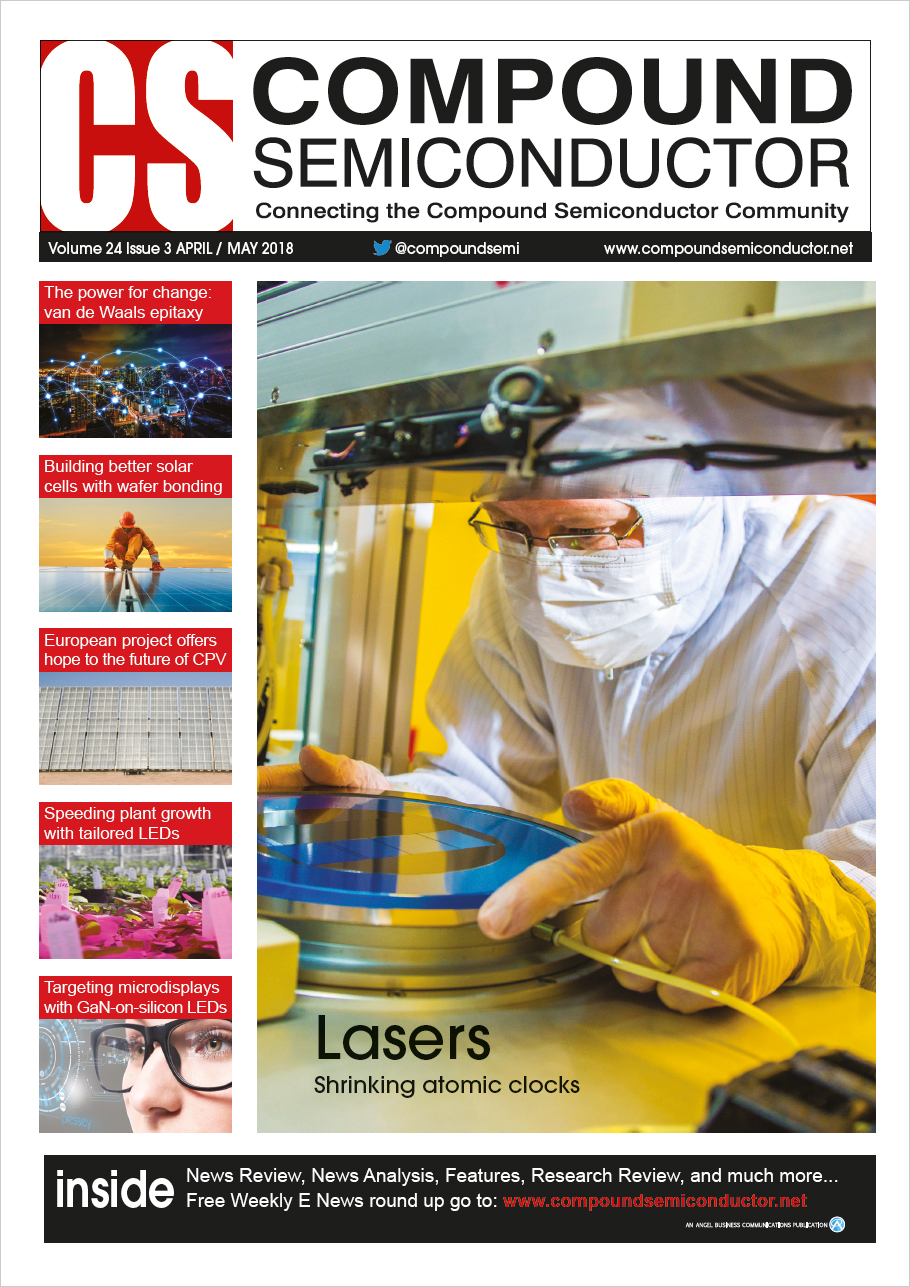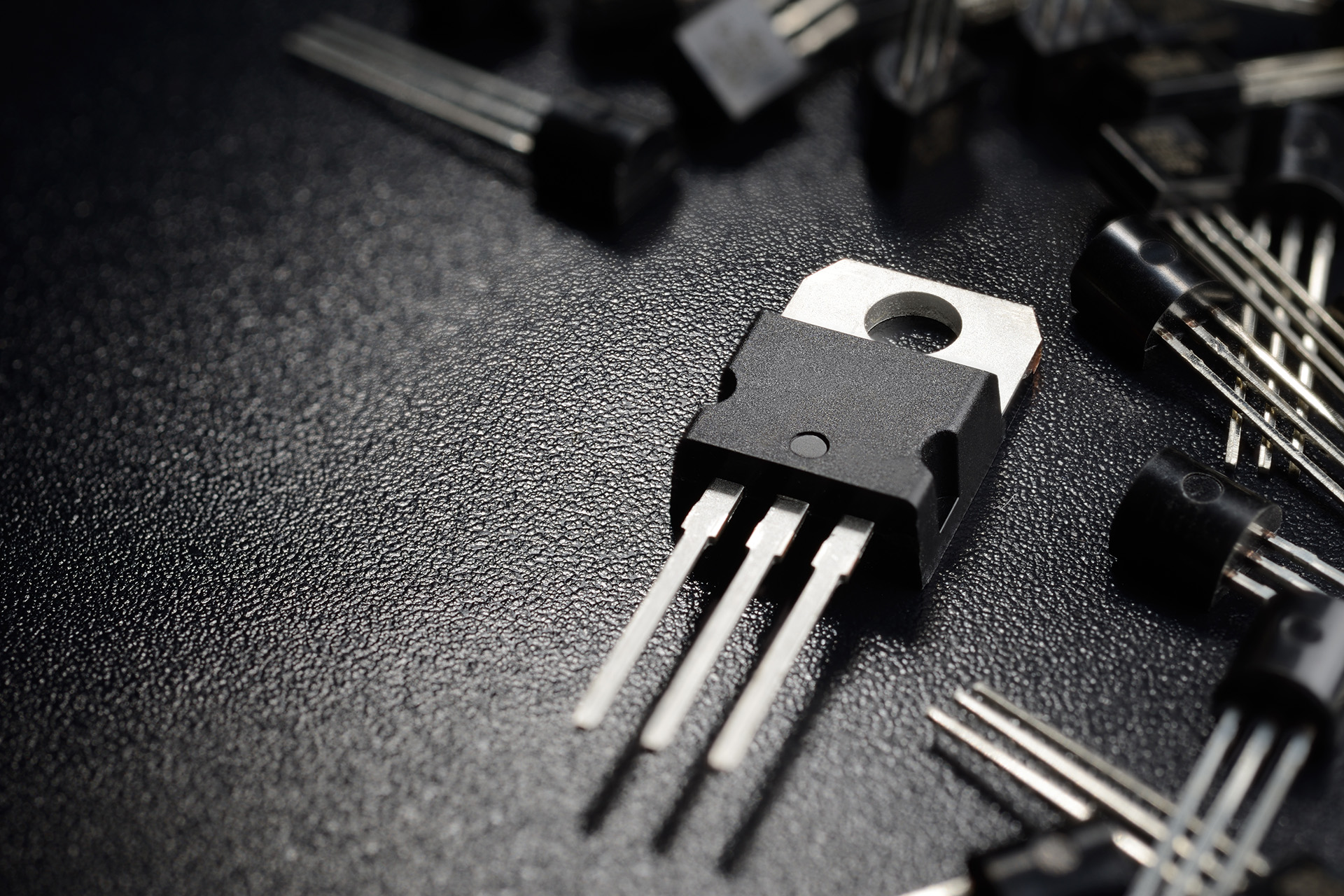
Horticulture: The compelling case for LEDs

LEDs are displacing high-pressure sodium lamps, because they can speed plant growth by optimizing illumination by Alexander Wilm from Osram OPTO Semiconductors
Between 2016 and 2022, it is predicted that the demand for packaged LEDs in horticulture will grow significantly. It is safe to say that the LED industry's growth has been significant, and shows no sign of stopping.
While some of the reasons that horticulturalists are investing in LED lighting are no different from those that you and I are using when we replace our incandescent and compact fluorescent bulbs "“ all of us place a premium on high efficiency and a long lifetime "“ there are additional considerations when it comes to crop growth. The most important of these is obviously the impact of light on crop yield.
Horticulturists have no doubt that LEDs are the ultimate light source on the market today. Implementing LEDs is ushering in a new wave of enhanced growing performance. These improvements exist in practically every area of lighting "“ from energy costs to adjustability. And it is not just the crop growers who are experiencing the benefits of LED-based horticultural lighting "“ researchers and greenhouse manufacturers, who deal with luminaires for growth on a massive scale, are privy to the perks.
Trumping high-pressure sodium
For decades, the market leader in horticultural growth has been a form of high-intensity discharge light: the high-pressure sodium lamp. Its great strength is that it produces an impressive output. However, it has three major weaknesses: the light that it emits is distributed across a wide spectral range, so it is not optimized for photosynthesis of plants; it emanates intense heat, so it must be placed well away from crops, so they don't overheat and dehydrate; and it has a typical lifespan of 8,000 hours. That lifetime doesn't compare well to that of an LED, which can operate for 50,000 hours, while slashing energy costs by 40 percent compared to the incumbent.
Lighting manufacturers must make sure that their products can operate in high temperatures, such as up to 75 °C. LEDs can fulfil this requirement, and also work in environments with high levels of humidity and moisture, conditions that are often associated with plant growth.
Another reason why horticultural LED sales are mushrooming is that they are able to tap into advances in technology. This is allowing the growers of crops to control light more directly than in the past, leading to higher yields. It is now possible to optimise the lighting for a crop, in terms of colour spectrum, wavelength and the incident power. Practically all aspects of horticulture are now supported by LEDs, as they are able to offer growers optimised emission at 450 nm, 660 nm and even 730 nm "“ and also provide white lighting. By giving horticulturalists a source of lighting that can tailor the spectral output, these growers can be more precise than ever when it comes to finding the ideal illumination conditions for their crops "“ they can even use white LEDs, if they need a continuous spectrum. This degree of control could, by itself, have driven the popularity of the LED in the horticultural market, as this is a capability that high-pressure sodium cannot do as effectively.
Experienced horticulturists, and growers on a larger industrial scale, often produce their crops in huge indoor farming facilities. These environments offer many benefits, including the ability to stave off crop-killing animals, protect plants from adverse weather conditions, and tailor the spectra of the light that impinges on the plants to maximise the rate of growth.
Announced at Lightfair in late 2017, the prototype Oslon Square Hyper Red has a wavelength of 660 nm and can control the growth of blossom. This high-power LED features an integrated 2 mm x 2 mm chip and delivers a typical radiant power of 905 mW with radiant efficacy of 60 percent at a current of 700 mA and an operating temperature of 25 °C.
Optimising the source
To optimise yield, growers have to research the optimum lighting conditions for their crops. For first-time growers, this can be a daunting experience, as they will have much to reflect upon, while encountering various units of measurement that can seem alien. However, they must get to grips with them, in order to be equiped with a clearer understanding of specification sheets and of performance calculations, which will aide the purchase of the most appropriate horticultural lighting.
Growers might begin by referring to light specification sheets, which generally use lumens as their form of measurement. But this can be a pitfall for the unwary, because lumens are a measure of the responsivity of the human eye to energy wavelengths "“ they are not a metric for determining how plants react to different wavelengths of light.
There are several units of measurement for assessing the projection of a light spectrum by an LED that are of interest to horticulturists. They include micromoles per second (μmol/s), a unit that indicates the number of photons emitted from an LED. The micromoles are usually measured in terms of photosynthetic active radiation in the range 400-700 nm. There is also photosynthetic photon flux density, which is the number of micromoles per second that reaches a certain area within any given second.
As growers carry out their research, they will realise the importance that colour has on the growth of crops. A common misconception is that because plants normally grow outside, indoor light should try to mimic natural light. But that's not the case, and it has been proven that the spectral composition can influence plant growth acutely. In fact, it is this strong dependence on the emission profile that explains why LEDs have come to benefit the horticultural industry so drastically. Note that wattage is also a relevant indicator in growing plants, but it is not the most important factor, because each LED and light source will have differing radiometric lighting efficiency, depending on the product.
Today, many industrial-sized greenhouses are still lit by high-pressure sodium lamps. But, as we have shown, this is legacy technology does not offer the same advantages as LEDs do. The latter will continue to improve and make great inroads into horticultural lighting, where its benefits will increase as growers learn to further exploit its advantages for growing crops faster, and with higher yields.


































